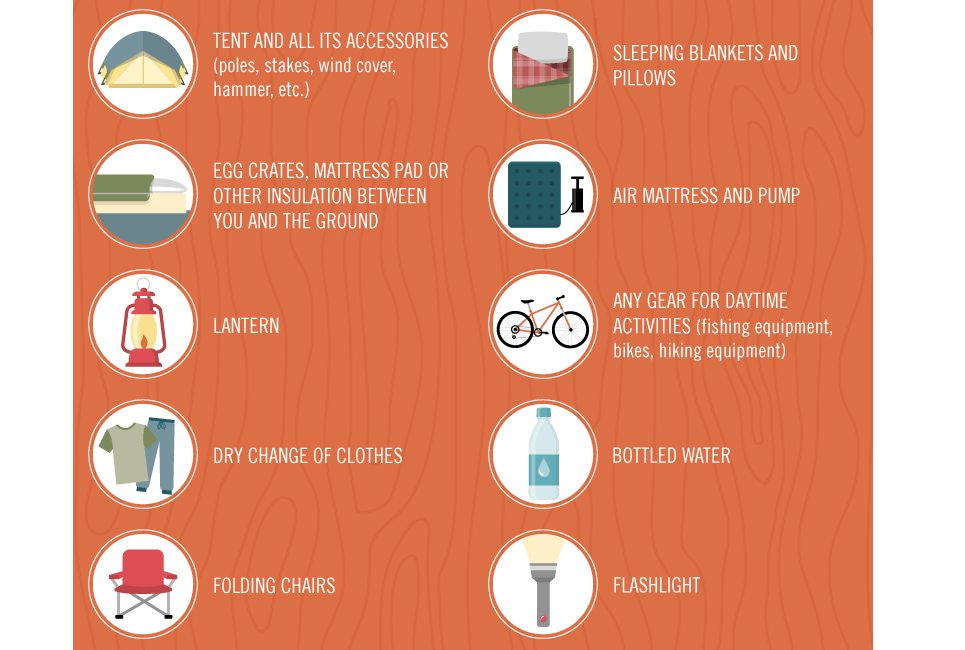If you're considering dealing with the challenge of winter months camping, you require the right equipment to stay cozy and comfortable. Along with high-grade four-season outdoors tents like canvas wall surface tents from Sheltent, there are a couple of other points you can do to insulate your camp.
Protecting your outdoor tents reduces fast temperature loss and prevents hypothermia. Below are 7 reliable means to do it:
Flooring Insulation
The floor of a camping tent can conveniently end up being cool and unpleasant, specifically in winter. You can safeguard yourself from this by laying a thick layer of insulated foam or sleeping pads on the ground. These are extremely lightweight and use up extremely little area, so they can quickly be crammed in your camping bag.
One more great idea for a tent floor is to use reflective mylar sheets, which will mirror body heat back inside the camping tent. However know that these sheets do not stop your body from losing heat via straight contact with the freezing ground.
A tarpaulin also provides a decent degree of insulation for the camping tent floor. However, if you use one, be sure that it is not expanding past the sides of your camping tent so that rainfall and snow do not swimming pool underneath your tent. Additionally, take care not to overseal your camping tent, as this can cause too much moisture and condensation that can be tough to manage.
Wall surface Insulation
When a camping tent is insulated, it's less complicated for the owners to preserve warmth. This helps with convenience, minimizes the possibility of chilly air intrusion, and prevents condensation and mold and mildew.
Camping tent insulation can help an outdoor camping journey go smoothly by keeping a cozy atmosphere for rest and tasks. It also safeguards against quick temperature loss, which brings about pain and prospective health threats, such as hypothermia.
A camping tent can be protected by adding numerous various materials to it. Some of these work in decreasing conductive warmth transfer, and consist of fiberglass insulation and cellulose insulation.
A few of these methods are extra functional than others, but any type of can dramatically raise the comfort of your camping experience. For example, laying a synthetic rug on the floor of your outdoor tents or utilizing a home heating rug can be a very easy way to insulate it versus the tent setup chilly ground. Alternatively, you can make use of a sheathing and insulation panel (SIP) constructed from foam board and oriented strand board.
Roof covering Insulation
Purchase a four-season outdoor tents developed to stand up to snow, ice and cold wind. They'll withstand warmth transfer and keep cold air out much better than traditional camping tents.
Locate a location to pitch your outdoor tents where there are natural barriers to the wind, such as trees or hedges. Additionally, develop a windbreak wall utilizing rocks or even snow, leaving air flow voids.
Use a reflective liner in your camping tent to show the sunlight's rays away from the tent, lowering the quantity of warm it takes in. This straightforward method will make a massive difference in your tent's comfort.
Think about a selection of insulation products, from economical blanket insulation to foam spray and SIPs. Each has its very own benefits, yet variables like budget constraints, ease of setup, and wetness resistance must all be considered carefully. Insulation professionals can assist you review your alternatives and select the very best suitable for your task.
Impact
The flooring of your outdoor tents can obtain cool and moist, so protecting it is very important. There are a number of methods to do this, consisting of making use of outdoor tents impacts and heating mats. Impacts are crucial outdoor camping accessories that secure the flooring of your outdoor tents from dampness damage and abrasion, considerably expanding its lifespan and enhancing your total camping experience.
Outdoor tents impacts differ from ground tarps because they're especially customized to a specific tent version, including add-on factors or grommets that straighten with camping tent corners and stakes for secure attachment. They're also typically made from durable products such as polyethylene (PE), nylon, silnylon, or Dyneema for resilient usage and maximum protection.
When selecting an outdoor tents impact, choose one that carefully matches your outdoor tents's dimensions and is sized slightly smaller to prevent water from merging beneath the tent when it rains. When staking down your outdoor tents, put any type of excess impact material under the tent to prevent dampness from entering with the space.
